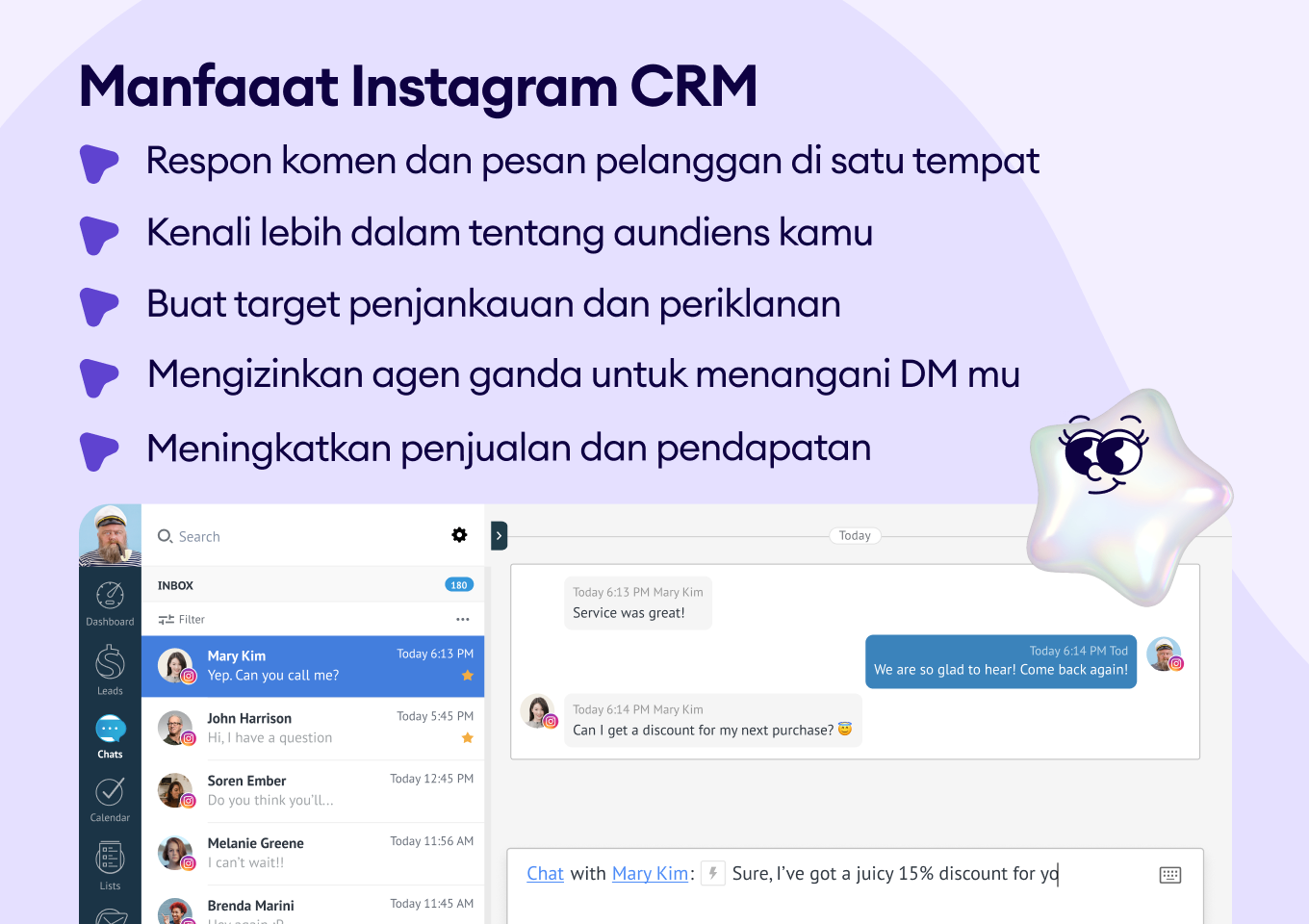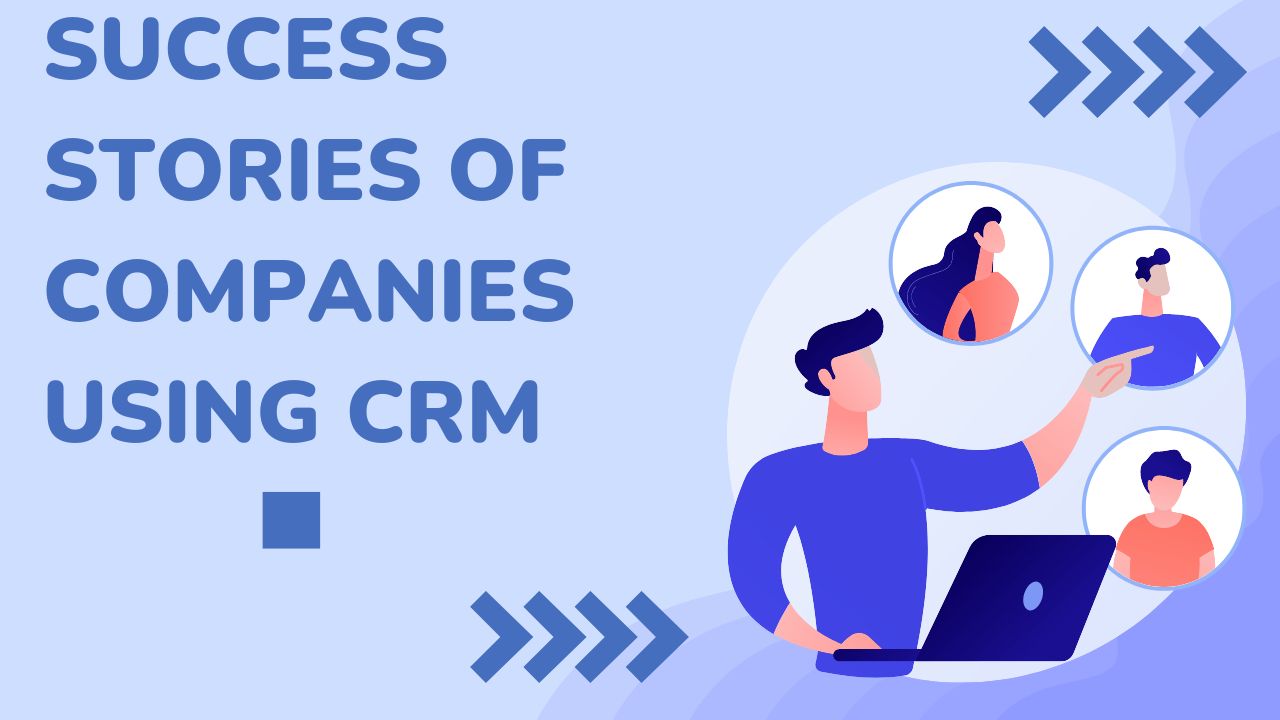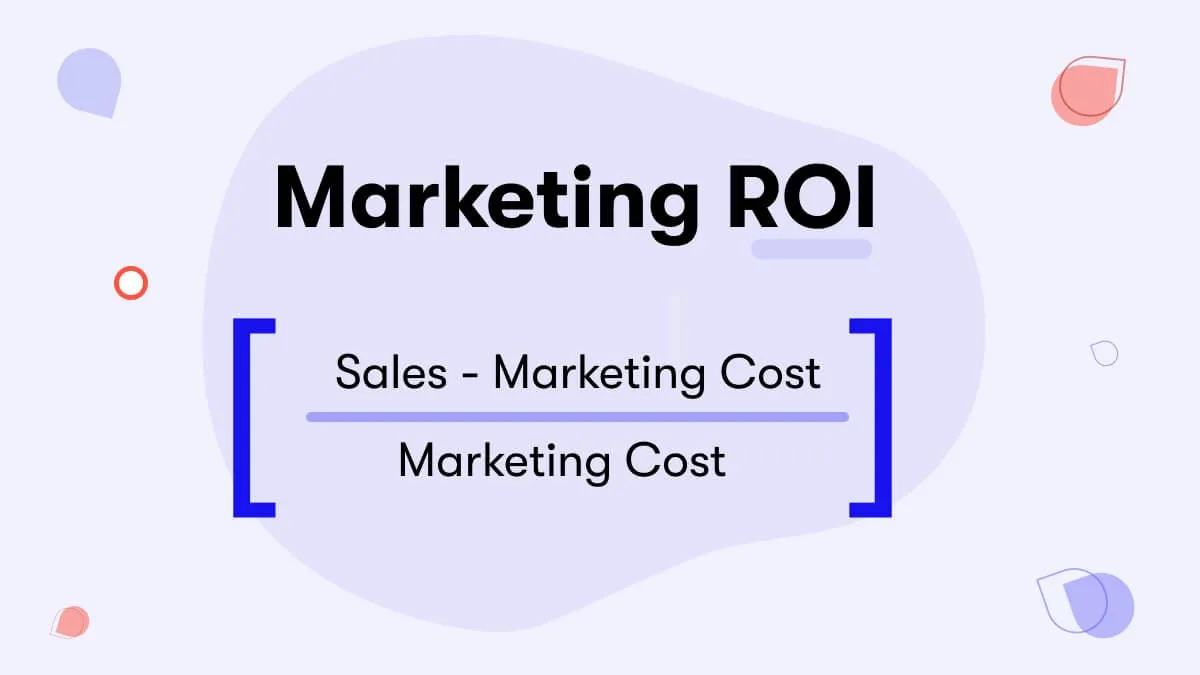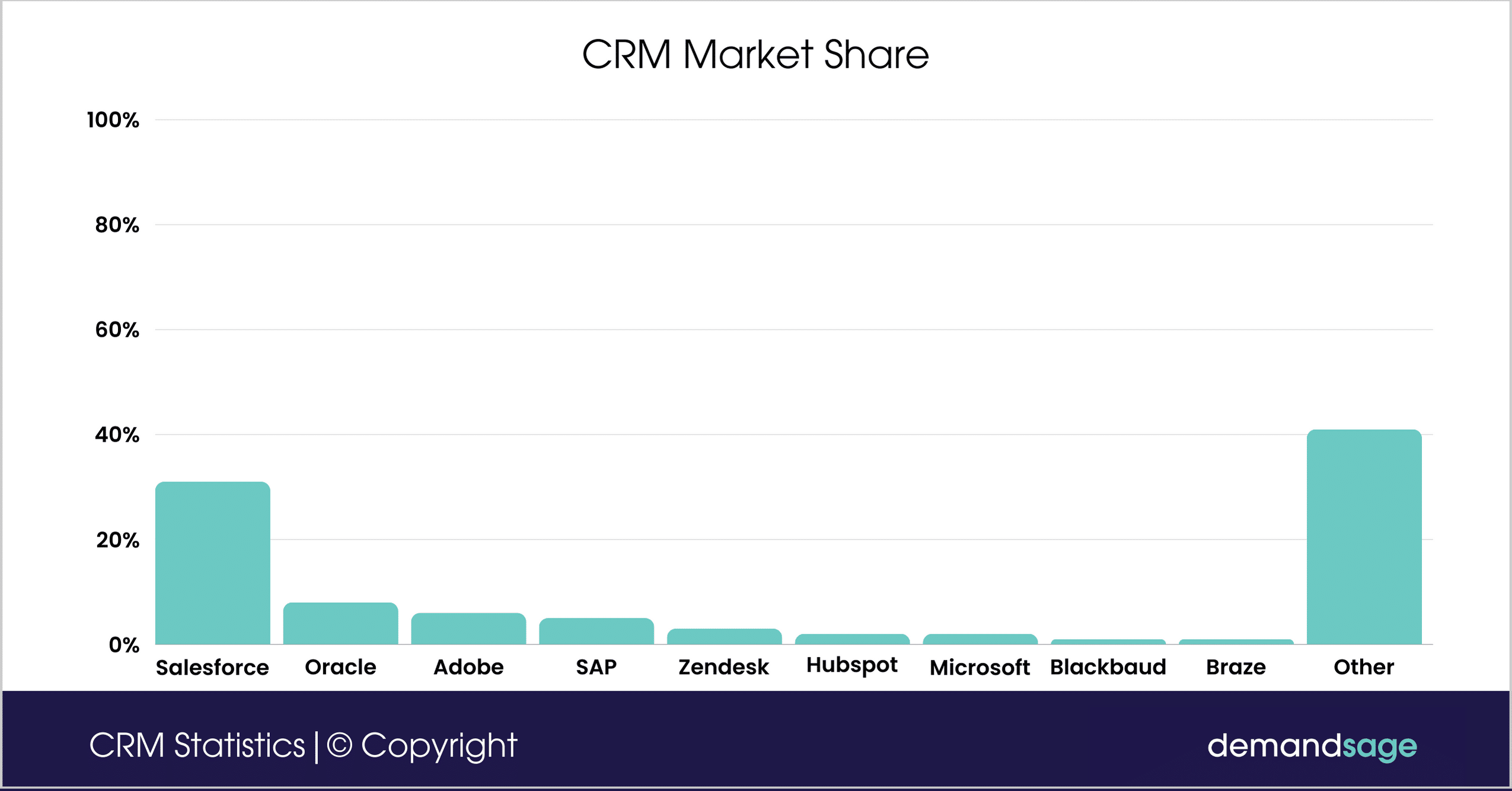Introduction: The Synergy of CRM Marketing and SEO
In the dynamic world of digital marketing, two powerful forces converge to drive business success: Customer Relationship Management (CRM) and Search Engine Optimization (SEO). Individually, they are formidable strategies. CRM focuses on nurturing customer relationships, understanding their needs, and personalizing interactions. SEO, on the other hand, aims to improve a website’s visibility in search engine results, attracting organic traffic and potential customers. When these two titans join forces, the results can be transformative.
This comprehensive guide delves into the intricacies of CRM marketing and SEO, exploring how they complement each other and providing actionable tips to maximize their combined impact. We’ll uncover how CRM data can fuel SEO strategies, how SEO can drive leads into your CRM, and how to create a virtuous cycle of growth. Get ready to unlock new levels of business success by mastering the art of CRM marketing and SEO.
Understanding CRM Marketing: Building Lasting Customer Relationships
CRM marketing is more than just using software; it’s a philosophy centered on building and maintaining strong, long-lasting relationships with customers. It’s about understanding their needs, preferences, and behaviors to provide personalized experiences that foster loyalty and drive revenue. Effective CRM marketing involves collecting, analyzing, and leveraging customer data to tailor marketing efforts and communication strategies.
Key Components of CRM Marketing:
- Customer Data Collection: Gathering information from various sources, including website interactions, purchase history, social media activity, and customer service interactions.
- Data Analysis: Analyzing customer data to identify patterns, trends, and insights into customer behavior and preferences.
- Segmentation: Dividing customers into distinct groups based on shared characteristics, allowing for targeted marketing campaigns.
- Personalization: Tailoring marketing messages, offers, and experiences to individual customer preferences and needs.
- Automation: Using CRM software to automate marketing tasks, such as email campaigns, lead nurturing, and customer service follow-ups.
- Customer Service: Providing exceptional customer service to build loyalty and resolve issues efficiently.
- Reporting and Analytics: Tracking key performance indicators (KPIs) to measure the effectiveness of CRM marketing efforts and make data-driven decisions.
Benefits of CRM Marketing:
- Increased Customer Loyalty: Personalized experiences and proactive communication build stronger customer relationships and foster loyalty.
- Higher Customer Retention: Understanding customer needs and addressing their concerns effectively reduces churn and increases customer lifetime value.
- Improved Customer Satisfaction: Providing exceptional customer service and personalized experiences enhances customer satisfaction.
- Increased Sales and Revenue: Targeted marketing campaigns and personalized offers drive sales and increase revenue.
- Enhanced Marketing ROI: Data-driven insights and targeted campaigns improve the efficiency and effectiveness of marketing efforts.
- Better Customer Insights: CRM systems provide valuable insights into customer behavior, preferences, and needs, enabling businesses to make informed decisions.
The Power of SEO: Driving Organic Traffic and Visibility
Search Engine Optimization (SEO) is the art and science of improving a website’s visibility in search engine results pages (SERPs). It involves optimizing various aspects of a website, including content, technical structure, and off-page factors, to rank higher for relevant keywords. The ultimate goal of SEO is to attract organic (unpaid) traffic to a website, increasing brand awareness, generating leads, and driving sales.
Key Elements of SEO:
- Keyword Research: Identifying the terms and phrases that people use when searching for information related to your business.
- On-Page Optimization: Optimizing website content, title tags, meta descriptions, header tags, and image alt text to improve relevance and ranking.
- Off-Page Optimization: Building high-quality backlinks from reputable websites to increase domain authority and improve search engine rankings.
- Technical SEO: Ensuring that a website is technically sound, with a fast loading speed, mobile-friendliness, and a crawlable structure.
- Content Marketing: Creating valuable, informative, and engaging content that attracts and retains visitors.
- Local SEO: Optimizing a website for local search results, including claiming and optimizing Google My Business profiles.
- Analytics and Tracking: Monitoring website traffic, keyword rankings, and other key metrics to measure SEO performance and make data-driven adjustments.
Benefits of SEO:
- Increased Organic Traffic: Improved search engine rankings drive more organic traffic to a website, increasing brand awareness and generating leads.
- Higher Website Visibility: SEO increases a website’s visibility in search results, making it easier for potential customers to find your business.
- Cost-Effective Marketing: Organic traffic is a cost-effective way to attract potential customers compared to paid advertising.
- Improved Brand Credibility: Websites that rank high in search results are often perceived as more credible and trustworthy.
- Enhanced User Experience: SEO best practices often improve the user experience, making a website more user-friendly and engaging.
- Long-Term Results: SEO is a long-term strategy that can provide sustained results over time.
The Symbiotic Relationship: How CRM Data Fuels SEO Success
The synergy between CRM and SEO lies in the wealth of customer data that CRM systems provide. This data can be invaluable for informing and refining SEO strategies, leading to more targeted content creation, improved keyword research, and ultimately, better search engine rankings.
Leveraging CRM Data for SEO:
- Keyword Research: CRM data reveals the language your customers use, the problems they’re trying to solve, and the products or services they’re interested in. Analyze customer interactions, support tickets, and feedback to identify relevant keywords and phrases.
- Content Creation: CRM data helps you understand your customers’ needs, pain points, and interests. Use this information to create high-quality, targeted content that resonates with your audience and addresses their specific needs. This includes blog posts, articles, videos, infographics, and other content formats.
- Content Personalization: Tailor content to specific customer segments based on their demographics, purchase history, and behavior. This can involve creating personalized landing pages, email newsletters, and website content.
- Website Optimization: Optimize your website content and structure based on customer behavior data. For example, if you know that a particular product page is popular among a specific customer segment, you can optimize that page for relevant keywords and improve its user experience.
- Link Building: CRM data can identify potential partners and influencers who are relevant to your customer base. Reach out to these individuals and build relationships to secure backlinks to your website.
- Local SEO: If you have a local business, CRM data can help you optimize your Google My Business profile and other local SEO elements. Analyze customer location data to identify the areas where your customers are located and optimize your listings accordingly.
- Performance Tracking: Integrate your CRM and SEO analytics to track the impact of your SEO efforts on customer engagement and conversion rates. This will help you measure the effectiveness of your SEO strategies and make data-driven adjustments.
SEO Strategies to Drive Leads into Your CRM
While CRM data can enhance your SEO efforts, SEO can also be a powerful tool for driving leads into your CRM system. By optimizing your website and content for lead generation, you can attract potential customers and capture their information, allowing you to nurture them through the sales funnel.
SEO Tactics for Lead Generation:
- Keyword Optimization: Target high-intent keywords that indicate a user is ready to make a purchase or request a consultation. This includes keywords like “[product/service] + price,” “[product/service] + near me,” and “[product/service] + review.”
- Create Compelling Content: Develop valuable, informative content that addresses the needs and interests of your target audience. This can include blog posts, articles, ebooks, webinars, and other content formats.
- Optimize Landing Pages: Create dedicated landing pages for specific keywords and offers. These pages should be optimized for conversions, with clear calls to action and easy-to-complete forms.
- Implement Clear Calls to Action: Include clear and concise calls to action on your website and in your content. Encourage visitors to take the next step, such as filling out a form, requesting a quote, or downloading a resource.
- Use Lead Capture Forms: Integrate lead capture forms throughout your website and content. Ask for essential information, such as name, email address, and phone number, in exchange for valuable content or offers.
- Offer Valuable Incentives: Provide incentives to encourage visitors to fill out your lead capture forms. This can include free ebooks, webinars, checklists, or other valuable resources.
- Optimize for Mobile: Ensure your website is mobile-friendly, as a significant portion of search traffic comes from mobile devices. Mobile-friendly websites provide a better user experience and are more likely to convert visitors into leads.
- Track and Analyze: Use analytics tools to track the performance of your lead generation efforts. Monitor key metrics, such as website traffic, conversion rates, and lead quality, to identify areas for improvement.
Creating a Virtuous Cycle: CRM and SEO Working Together
The true power of CRM marketing and SEO lies in their ability to create a virtuous cycle of growth. By leveraging CRM data to inform SEO strategies and using SEO to drive leads into your CRM, you can create a self-reinforcing system that drives continuous improvement and business success.
Building the Virtuous Cycle:
- Gather Customer Data: Collect comprehensive customer data through your CRM system, website analytics, and other sources.
- Analyze Customer Data: Analyze customer data to identify key trends, patterns, and insights into customer behavior and preferences.
- Develop SEO Strategies: Use customer data to inform your SEO strategies, including keyword research, content creation, and website optimization.
- Implement SEO Tactics: Implement SEO tactics to attract organic traffic and drive leads to your website.
- Capture Leads: Capture leads through lead capture forms, calls to action, and other lead generation techniques.
- Nurture Leads: Nurture leads through targeted email campaigns, personalized content, and other CRM marketing efforts.
- Convert Leads into Customers: Convert leads into customers through effective sales processes and personalized offers.
- Gather Customer Feedback: Gather customer feedback to improve your products, services, and marketing efforts.
- Refine Your Strategies: Continuously refine your CRM marketing and SEO strategies based on data analysis and customer feedback.
- Repeat the Cycle: Repeat the cycle to drive continuous improvement and business success.
Tools and Technologies for CRM Marketing and SEO
Several tools and technologies can help you implement effective CRM marketing and SEO strategies. Choosing the right tools depends on your specific needs and budget. Here are some of the most popular and effective options:
CRM Software:
- Salesforce: A comprehensive CRM platform for sales, marketing, and customer service.
- HubSpot CRM: A free CRM platform with powerful marketing, sales, and customer service tools.
- Zoho CRM: A cloud-based CRM system with a wide range of features and integrations.
- Microsoft Dynamics 365: A suite of CRM and ERP applications for businesses of all sizes.
- Pipedrive: A sales-focused CRM designed for small businesses and startups.
SEO Tools:
- Google Search Console: A free tool from Google that provides insights into your website’s search performance.
- Google Analytics: A free web analytics service that tracks website traffic and user behavior.
- SEMrush: A comprehensive SEO toolkit for keyword research, competitor analysis, and website audits.
- Ahrefs: Another powerful SEO toolkit with features for backlink analysis, keyword research, and content analysis.
- Moz Pro: An SEO platform that offers a suite of tools for keyword research, link building, and on-page optimization.
- Ubersuggest: A free and paid SEO tool for keyword research, competitor analysis, and content ideas.
Integration Tools:
- Zapier: A platform that connects different apps and automates workflows.
- PieSync: A tool that syncs contacts between different CRM systems and marketing platforms.
- Segment: A customer data platform that collects and unifies customer data from various sources.
Best Practices for CRM Marketing and SEO Integration
To maximize the synergy between CRM marketing and SEO, consider these best practices:
- Integrate Your CRM and SEO Platforms: Integrate your CRM system with your SEO tools to share data and automate workflows.
- Use CRM Data for Keyword Research: Analyze customer interactions, support tickets, and feedback to identify relevant keywords and phrases.
- Create Targeted Content: Develop high-quality, targeted content that addresses the needs and interests of your customer segments.
- Personalize Your Website: Use CRM data to personalize your website content and user experience.
- Track and Measure Results: Track the impact of your SEO efforts on customer engagement, lead generation, and conversion rates.
- Continuously Refine Your Strategies: Continuously refine your CRM marketing and SEO strategies based on data analysis and customer feedback.
- Foster Collaboration: Encourage collaboration between your marketing and sales teams to ensure that CRM and SEO strategies are aligned.
- Prioritize Data Privacy and Security: Always prioritize data privacy and security when collecting, storing, and using customer data. Comply with all relevant regulations, such as GDPR and CCPA.
- Stay Up-to-Date: Stay up-to-date with the latest trends and best practices in CRM marketing and SEO. The digital marketing landscape is constantly evolving, so it’s essential to stay informed and adapt your strategies accordingly.
Case Studies: CRM and SEO Success Stories
Real-world examples can illuminate the power of combining CRM marketing and SEO. Let’s look at a few case studies demonstrating the effectiveness of this integrated approach:
Case Study 1: E-commerce Retailer
An e-commerce retailer leveraged CRM data to personalize its SEO strategy. By analyzing customer purchase history and browsing behavior (collected in their CRM), they identified key product categories of interest to different customer segments. They then optimized product pages and created targeted content (blog posts, guides) around those categories, using keywords derived from customer search queries and product descriptions. This resulted in a significant increase in organic traffic to relevant product pages, leading to more sales and higher customer lifetime value. They also used the CRM to segment customers based on their website behavior, delivering personalized product recommendations via email, further boosting conversions.
Case Study 2: SaaS Company
A SaaS company integrated their CRM with their SEO tools to track the performance of their content marketing efforts. They used CRM data to understand the pain points and needs of their target audience. They then created a series of blog posts, ebooks, and webinars that addressed these specific pain points. They optimized these content pieces for relevant keywords and used lead capture forms to collect contact information. As a result, they saw a significant increase in organic traffic, leads, and ultimately, paying customers. Their CRM was used to nurture leads through automated email sequences, providing valuable information and guiding them towards a demo request or free trial.
Case Study 3: Local Service Business
A local plumbing company optimized their Google My Business profile and website for local search terms. They integrated their CRM with their Google My Business account to collect customer reviews and respond to inquiries promptly. They also used CRM data to understand the common plumbing problems their customers faced and created targeted content (e.g., blog posts about common plumbing issues) to attract local search traffic. This integrated strategy resulted in a significant increase in local search rankings, website traffic, and customer inquiries, ultimately leading to more business. They used their CRM to schedule appointments and provide excellent customer service, leading to positive reviews and repeat business.
Common Pitfalls and How to Avoid Them
While the synergy between CRM marketing and SEO offers immense potential, several pitfalls can hinder success. Being aware of these challenges and proactively addressing them is crucial.
- Lack of Integration: One of the most common pitfalls is failing to integrate your CRM and SEO platforms. This prevents data sharing and limits the effectiveness of your strategies. Solution: Invest in integration tools like Zapier or PieSync, or choose CRM and SEO platforms that offer native integrations.
- Poor Data Quality: Inaccurate or incomplete customer data can lead to flawed insights and ineffective marketing campaigns. Solution: Implement data cleansing procedures, validate data regularly, and ensure that data entry is accurate and consistent.
- Ignoring Customer Segmentation: Treating all customers the same is a missed opportunity. Solution: Segment your audience based on demographics, behavior, purchase history, and other relevant factors.
- Keyword Stuffing: Overusing keywords can harm your SEO efforts and damage your website’s credibility. Solution: Focus on creating high-quality, informative content that naturally incorporates relevant keywords.
- Neglecting Mobile Optimization: With mobile traffic surpassing desktop traffic, neglecting mobile optimization is a major mistake. Solution: Ensure your website is responsive and mobile-friendly, and prioritize mobile-first indexing.
- Ignoring User Experience: A poor user experience can negatively impact your SEO rankings and conversion rates. Solution: Focus on creating a user-friendly website with a clear navigation structure, fast loading speeds, and engaging content.
- Lack of Tracking and Analysis: Failing to track and analyze your results prevents you from measuring the effectiveness of your efforts and making data-driven adjustments. Solution: Implement tracking tools, monitor key metrics, and regularly analyze your data to identify areas for improvement.
- Not Prioritizing Content Quality: Low-quality content will not attract or retain visitors. Solution: Invest in creating high-quality, informative, and engaging content that addresses the needs and interests of your target audience.
Conclusion: Embracing the Future of Marketing
The convergence of CRM marketing and SEO represents the future of marketing. By understanding the power of customer relationships and the importance of organic visibility, businesses can unlock new levels of growth and success. This guide has provided a comprehensive overview of the key concepts, strategies, and best practices for integrating CRM marketing and SEO. By implementing these tips, businesses can drive more organic traffic, generate more leads, improve customer satisfaction, and ultimately, increase sales and revenue.
The journey to mastering CRM marketing and SEO is ongoing. It requires continuous learning, adaptation, and a commitment to providing exceptional customer experiences. Embrace the power of data, personalize your marketing efforts, and stay ahead of the curve to thrive in the ever-evolving digital landscape. The future of marketing is here, and it’s waiting for you to seize the opportunities.
Call to Action
Ready to take your business to the next level? Start by assessing your current CRM and SEO strategies. Identify areas for improvement and develop a plan to integrate your efforts. Consider investing in the right tools and technologies, and prioritize data-driven decision-making. Don’t wait – the sooner you embrace the synergy of CRM marketing and SEO, the sooner you’ll see results. Contact us today for a consultation and let us help you unlock the full potential of your business!




